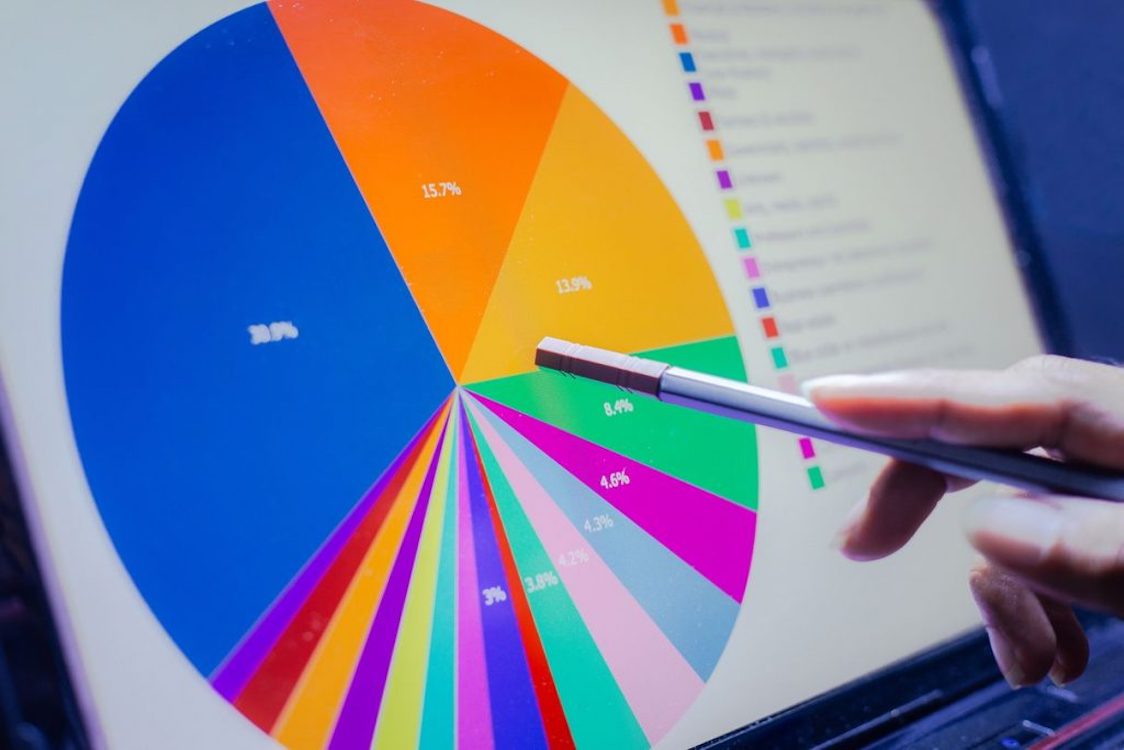Influencer Marketing: How To Find The Right Fit For Your Brand Campaigns

Influencer marketing has exploded recently, offering brands a powerful tool to reach target audiences through trusted voices. But with a saturated market, navigating this space can be tricky. This article will guide you through the intricacies of influencer marketing, helping you find the perfect fit for your brand marketing campaigns.
The Influencer Marketing Landscape
Today’s influencer marketing goes beyond celebrities. Micro and macro-influencers with engaged communities in specific niches reign supreme. Authenticity is key. Consumers see through inauthentic endorsements, so successful influencer marketing hinges on genuine connections between creators and their audiences.
Building Your Influencer Marketing Strategy
Before diving in, consider your brand’s goals. Do you want to boost brand awareness, drive sales, or generate user-generated content (UGC)? Aligning your goals with the right influencer will optimize your campaign’s effectiveness.
Identifying Your Ideal Influencer
Look beyond follower count. Here are key factors to consider:
- Audience Demographics: Does the influencer’s audience align with your target market? Age, location, and interests are crucial. For example, a skincare brand targeting millennials might partner with a beauty influencer known for their focus on organic products.
- Content Style: Does the influencer’s content style mesh with your brand voice? A brand with a playful and quirky aesthetic wouldn’t want to partner with an influencer known for overly serious content.
- Engagement Rate: High follower counts don’t guarantee success. Look for influencers with strong engagement metrics like comments and shares. High engagement suggests a more loyal and receptive audience.
- Brand Affinity: Does the influencer genuinely seem like a fan of your brand, or is this just another collaboration? Look for influencers who have organically used or mentioned your brand in the past.
Due Diligence Before Engagement
Before partnering with an influencer, do your research:
- Review Past Collaborations: Have they promoted products similar to yours? How did their audience react? Look for positive reception and engagement around similar product placements.
- Check for Fake Followers: Tools can help identify inflated follower counts. Partnering with someone who buys followers defeats the purpose of reaching a genuine audience.
- Scrutinize Brand Alignment: Have they promoted conflicting brands in the past? A fitness brand wouldn’t want to partner with an influencer who frequently promotes unhealthy snacks.
The Influencer Ecosystem: Different Types of Influencers
- Mega-Influencers (Millions of followers): High reach, but targeting can be broad. These influencers are good for broad brand awareness campaigns, but may not be the best choice for niche products.
- Macro-Influencers (100,000 – 1 Million followers): Good balance between reach and engagement. They can be a good fit for established brands with a wider target audience.
- Micro-Influencers (10,000 – 100,000 followers): Highly engaged, niche communities. Perfect for reaching specific demographics or passionate hobbyists. A travel gear brand might partner with a micro-influencer focusing on backpacking adventures.
- Nano-Influencers (Less than 10,000 followers): Hyper-local, ultra-engaged audiences. Ideal for promoting local businesses or creating a grassroots movement around a product launch.
The Onboarding Process: Building Strong Relationships
- Clear Communication: Set campaign goals, expectations, and deliverables upfront. This ensures everyone is on the same page and avoids confusion.
- Creative Freedom: Give influencers creative control to ensure authenticity, but establish brand guidelines. This allows the influencer to create engaging content while maintaining brand alignment.
- Legal Agreements: Formal contracts protect both parties. Define disclosure requirements (FTC regulations) and usage rights for content.
Conclusion
Influencer marketing, when done right, can be a game-changer. By finding the right fit and fostering strong partnerships, you can leverage the power of influencers to achieve your brand objectives and build lasting connections with your target audience. Remember, influencer marketing is about building trust and relationships. By approaching it with authenticity and strategic planning, you can unlock the true potential of this powerful marketing tool
Read more related articles here:
Leveraging Mobile Marketing for Maximum Reach
Marketing to Gen Z: Strategies to Captivate Nigeria’s Youth Market
Thriving Industries in Nigeria in 2024 and Why
The Spending Power And Behavior Of Nigerian Consumers
Do Nigerian consumers pay for digital products, and how do you win them?



